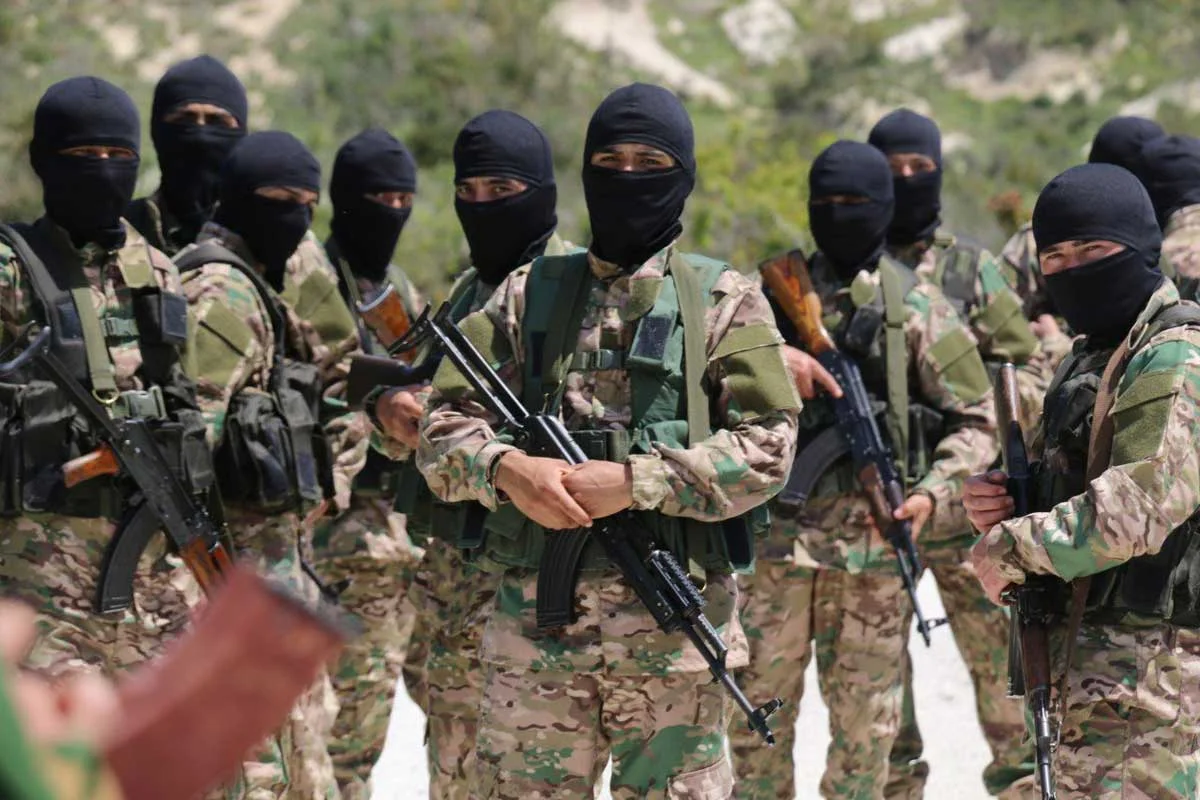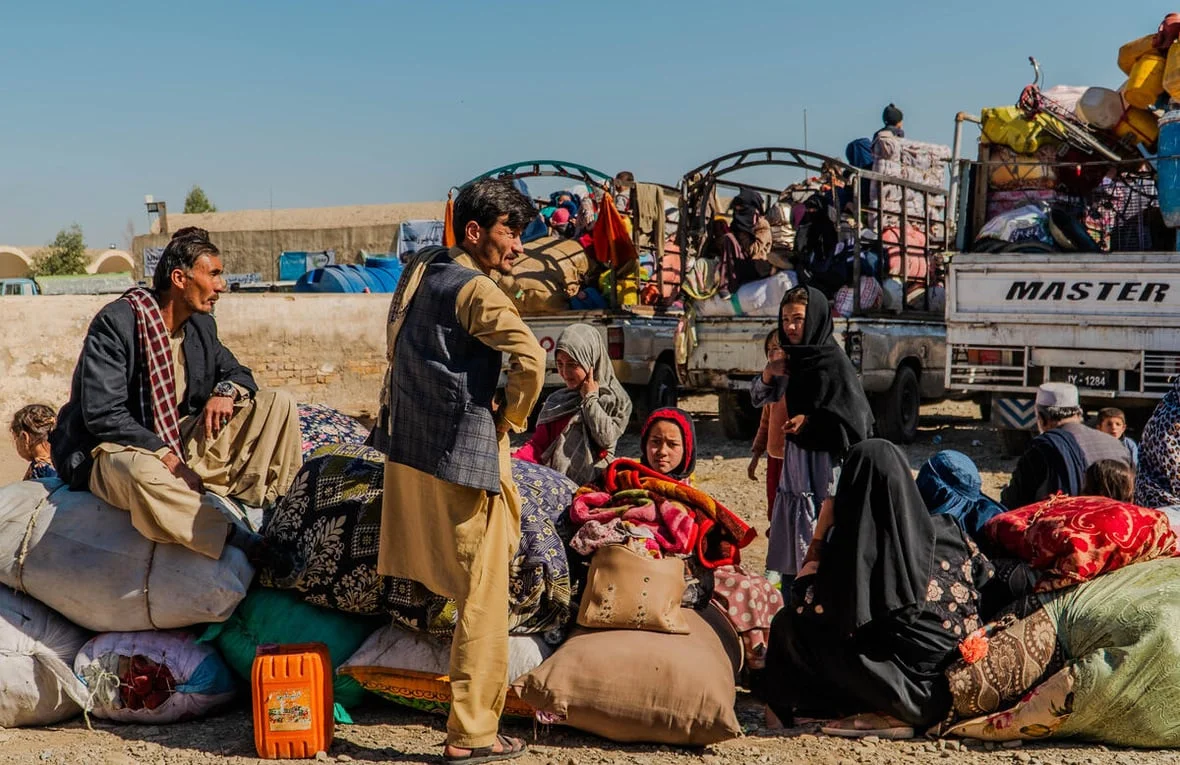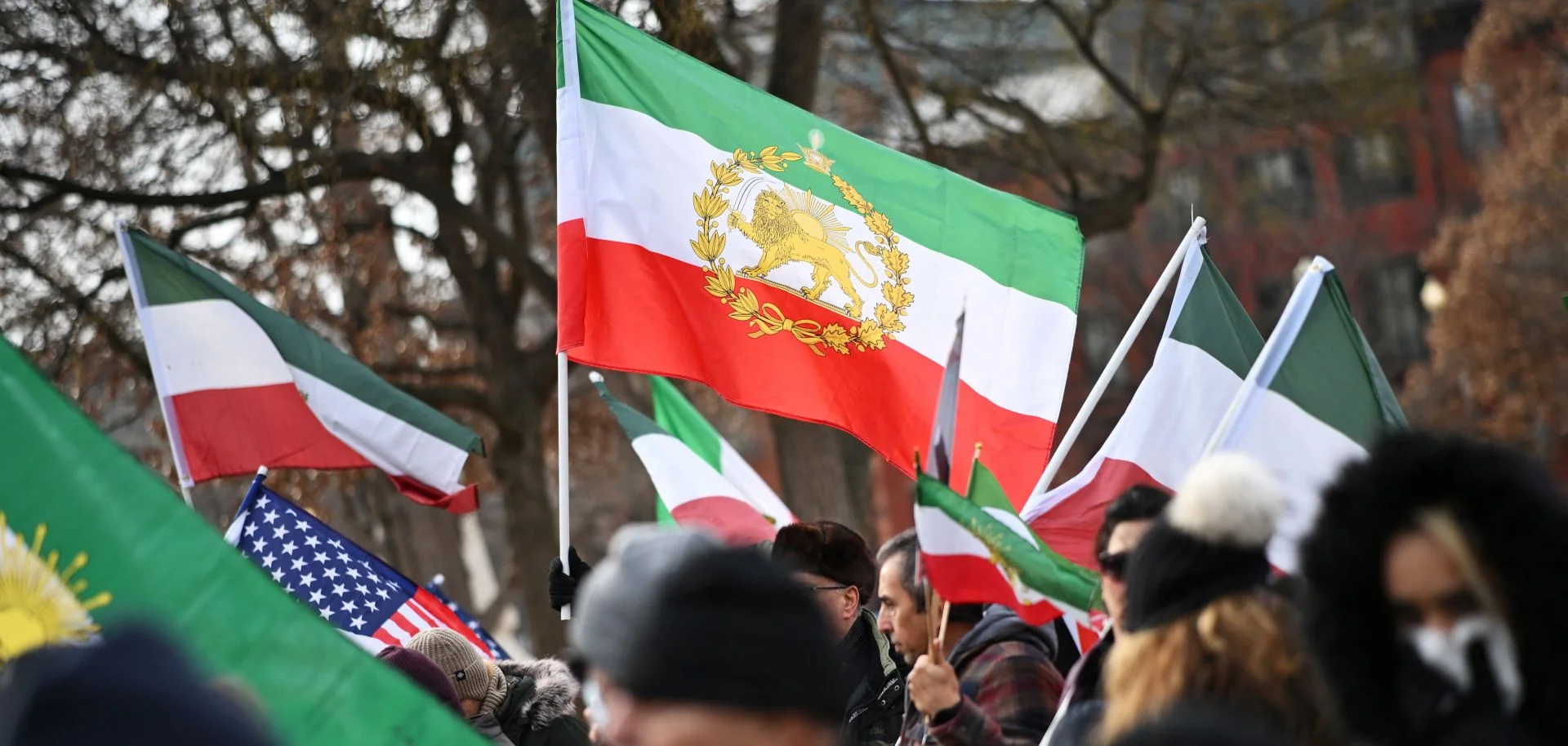A bus carrying Pakistani pilgrims has overturned in Iran, killing at least 28 passengers, Iranian state media reports.
The crash happened on Tuesday night in the central Iranian province of Yazd. Reuters reported that a defective braking system caused the accident, according to a preliminary police investigation.
Pakistan’s ambassador to Iran, Muhammad Mudassir Tipu, told the BBC about the crash. He reported that it injured another 23 passengers. Fourteen of those passengers are in critical condition.
The Pakistani pilgrims were traveling from the Sindh province to Iraq’s holy city of Karbala. They were going to commemorate one of the biggest events in the Shia calendar.
Local media believe around 50 people were on the bus at the time of the crash. The passengers included pilgrims from Larkana, Ghotki, and cities in Sindh.
According to crisis management director Ali Malekzadeh, eleven women and seventeen men died in the crash.
The bus caught fire in front of Dehshir-Taft checkpoint in Iran, around 681km (423 miles) south of the capital Tehran, according to reports by local media.
Mr Malekzadeh said the bus swerved off the road “due to lack of control by the driver of the vehicle, unfamiliarity with the road, high speed and technical problems”.
Regret over the Loss of Life
Pakistan’s President Asif Ali Zardari said he was mobilising the foreign ministry to repatriate the bodies of those killed in the crash and provide aid to the injured.
Interior Minister Moshin Naqvi, meanwhile, said: “We are deeply saddened by the loss of precious human lives in the bus accident in Iran.”
Authorities have asked Pakistan’s consulate in Iran to assist in recovery efforts. Mr Mudassir Tipusaid he was in touch with the Iranian government and local authorities in Yazd.
Iran is notorious for its poor traffic safety record, which is among one of the worst in the world.
The UN’s road safety fund has an ongoing project looking into how Iran can improve its record.
Arbaeen Pilgrimage
The pilgrimage, known as Arbaeen (Arabic for the number 40), marks the end of a period of 40 days of mourning for Imam Hussein, the grandson of the Prophet Mohammed.
Iman Hussein died in the Battle of Karbala more than 1,000 years ago and this event still brings up feelings of deep sadness and grief to many believers.
Pilgrims from many parts of the world head to his tomb, which they conceal under a golden dome.
The ancient city of Karbala comes alive during the period, decorated with garlands of fairy lights, flowers and bunting.
Iraqis from Karbala pride themselves in hosting Arbaeen pilgrims – reflecting a tradition of hospitality.
During last year’s pilgrimage, around 25 million people took part, making Arbaeen the largest annual pilgrimage on Earth.
By contrast, in the same year around 2.5 million pilgrims participated in the Hajj to Mecca.
This news is sourced from BBC and is intended for informational purposes only.






